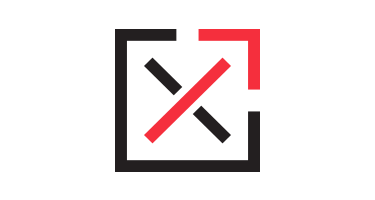As an entrepreneur, you should always be trying to find ways to increase productivity and sales for your business. Have you ever thought about analyzing your company website to see if there’s any room for improvement? Your website is one of the most important aspects of your business. It has no open or closing time, and thus it’s open to the public twenty four hours a day, seven days a week.
One website traffic analysis metric that every site owner should be aware of is bounce rate. Your website’s bounce rate is the percentage of visitors who enter your site and “bounce” [leave your site] rather than staying and viewing other pages within your site. Bounce rates can be used to help measure the effectiveness of an entry page, or other pages within your site. The lower the bounce rate a page has the better. If your website has an appealing look and feel to it, and users can navigate through your site with ease, then chances are you have a low bounce rate.
High bounce rates can be very irritating, especially if your dishing out a significant amount of money on SEO and PPC to get visitors to your site – you don’t want all that money to go down the drain. If your website has a high bounce rate, don’t worry. There are many things you can do to lower the bounce rate of your website, and I’m going to share five of those things with you below.
Design
Do yourself a favor and look at your website. Do you really find it appealing?
While most of your site’s visitors aren’t graphic designers, they sure can pinpoint a poor design, and that’s a big turnoff for consumers. If your site has a high bounce rate, then reevaluate your site’s design and look. You’d be surprised how much of a difference an attractive website can do for your business.
Load Time
Have you ever visited a website that took forever to load? It’s flat out annoying, and chances are you immediately “bounced” out of the site. That’s why it’s important to make sure your site’s load time is fast. A slow-loading website is not only bad for a site’s visitors, but it’s also seen negatively by Googlebots, which collect documents from the web to build a searchable index for the Google search engine. Page load time is one of many factors that Google takes into consideration when ranking websites [along with bounce rate]. The faster the page load time, the better the rankings.
Navigation
Consumers want to find information quickly and efficiently, and thus it’s important to make sure your site has a clear, easy-to-use navigation. Whatever you have that’s making users come to your site, make sure it is easily accessible from the get go (your homepage). If users can’t immediately find what they’re looking for on your site, they will bounce.
Responsiveness (mobile-friendly)
In one of my previous blog posts, I expressed how important it is to have a mobile-friendly website. When consumers are on-the-go, they use their mobile devices to browse the Internet. This is why it’s extremely crucial that you have a mobile-friendly website. Your website’s bounce rate will significantly decrease if it’s mobile-friendly.
If your site’s bounce rate is too high, I would strongly consider evaluating these four things to see if your site needs some attention. That’s all I’ve got for this Friday afternoon. Thanks for reading!


